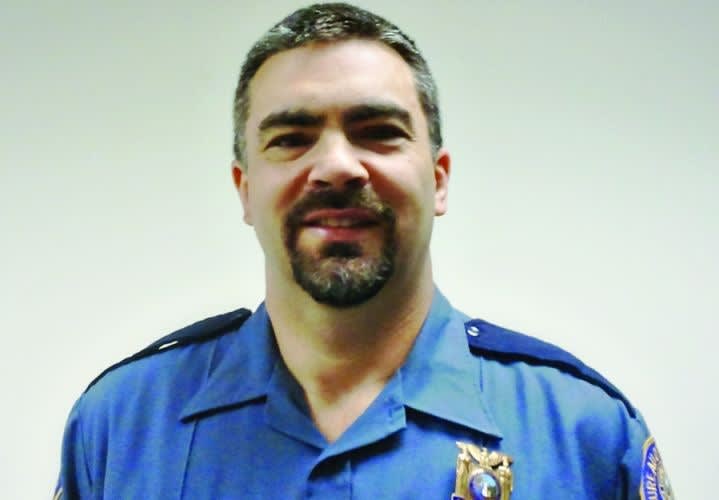A change in the Portland Police Bureau's schedule had left a skeleton crew manning the city streets between 7 and 9 a.m. on Dec. 14, 1996. Just before the 9 a.m. shift was due to come on, a call came in saying that a woman had ingested poison and was feeling the effects. Scott Westerman, one of only four officers in the field and the only one not already tied up on a call, was dispatched.
Arriving at the Stevens Street residence, the officer found two paramedics waiting for him. The two advised Westerman that the woman inside, Patricia Marie Sweany, had reportedly swallowed poison at her own hand. Portland firefighters had tried to cajole Sweany into coming outside the house. They almost succeeded until Sweany saw the paramedics.













